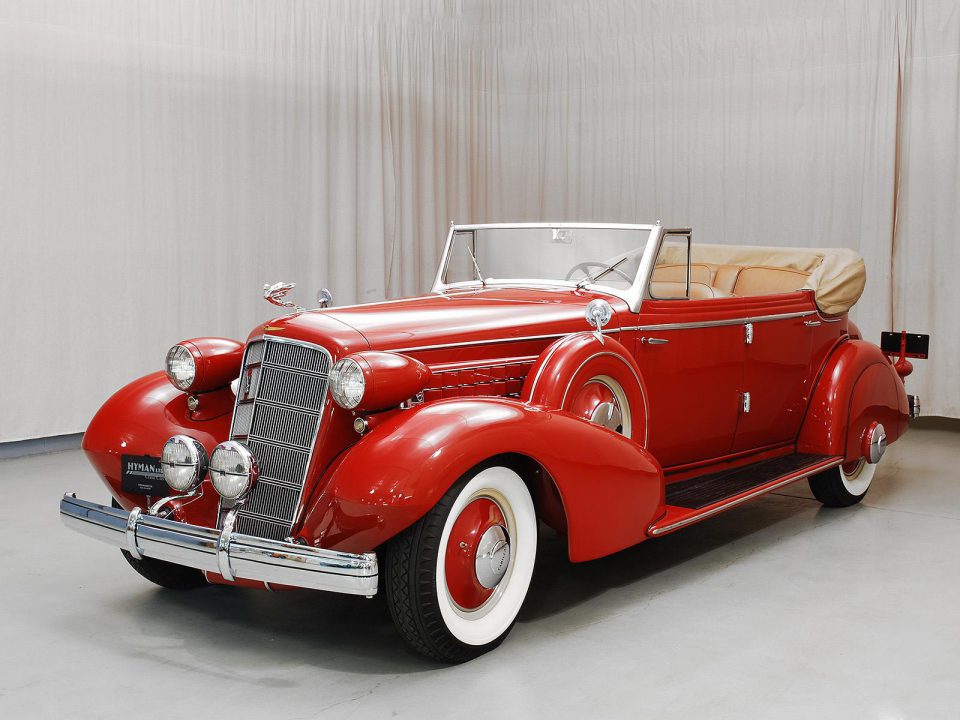George Hotz wants to help everyone hack their cars
Photo by Lauren Goode / The Brink
George Hotz, who gained worldwide fame when he cracked the iPhone and PlayStation three as a teenager, wants everyday folks — not just hackers — to be able to tinker with today’s software-laden cars.
On Friday, the founder of autonomous driving startup Comma.ai, launched a toolkit of sorts for the modern car possessor. Instead of torque wrenches and screwdrivers, Comma.ai is going to commence selling a chunk of hardware that, when coupled with its fresh “Cabana” software, will help owners see everything the sensors in their cars are doing.
Of course, witnessing all that data pouring in (here’s a demo of it in act) doesn’t indeed matter if you don’t understand it. Comma.ai is also launching what Hotz describes as a decoder ring for your car. The company has created a DBC repository called opendbc that integrates with the Cabana software and lets users create a database about their car and share it.
The aim is to build a repository with a DBC file for every car ever manufactured and democratize access to the decoder ring for your car, according to a Medium post published by Comma.ai on Friday.
This information provides the very first step to making a car self-driving, Hotz says.
The hardware component called Panda is a dongle that corks into the OBDII port located on all cars produced after 1996. Customers can now order the $88 universal car interface, which provides USB and Wi-Fi that can be used to connect to computers or smartphones. The product will ship in about four weeks after the company finishes a round of tests to ensure it plays nicely with the internal electronics of vehicles. Comma.ai has already made about one hundred Pandas; about fifty have been shipped to beta testers.
A user pairs the Panda hardware with Chfr, a dashcam app previously developed by Comma.ai that lets car owners record and review their drives. If the Panda is paired with Chffr, users can record all the sensor data from their cars. If the car has sensors — Hotz recommends any two thousand five or newer luxury car and other vehicles produced beginning in two thousand ten — then users will be able to see all kinds of data. Users can get plain information like the speed and more sophisticated data like the RPM of the engine, how much gas is in the tank, what the suspension is doing, whether the anti-lock brakes are on, and even how hard the driver hit the brakes.
Hotz contends that this is not like the dozens of other dongles developed by the seemingly endless string of connected car startups that have emerged in the past several years.
“What those things are doing is using the standard API for cars,” Hotz said, adding that it’s the same API that mechanics and people who conduct emissions tests can access. “It’s very limited. Ours gets you access to everything the manufacturer has access to.”
The Panda supports all the internal communications networks (known as a vehicle bus) that interconnects components in a vehicle. For example, newer, more elaborate vehicles can have several control area network buses or CAN buses, which are designed to permit interconnection inbetween different vehicle systems with just software.
Pivoting Around Regulations
Last October, Comma.ai appeared to abandon its very first product just weeks before it was supposed to ship. The $999 aftermarket kit, which was designed to give regular cars semi-autonomous abilities, was pulled by Hotz after receiving an inquiry from the National Highway and Traffic Safety Administration about the safety of the product.
Comma.ai didn’t shutter its doors or attempt to fight regulators to be able to sell its chunk of hardware. Instead, it pivoted and in November released its self-driving software to the public. Hotz posted OpenPilot, the self-driving code it developed and describes as an open-source alternative to Tesla’s semi-autonomous feature Autopilot. It also posted plans for NEO, the robotics platform or hardware, on GitHub.
The company encouraged people to build their own self-driving kits. By putting its code into the wild, Comma.ai was able to bypass those pesky federal regulators and, hopefully, improve the software.
But it still had its limitations. The software enabled adaptive cruise control and lane keeping assist for the cars Comma.ai had reversed engineered, an Acura ILX in 2015, a Honda Civic in 2016, and this year, a Toyota Prius.
In 2015, it took Hotz weeks to switch sides engineer an Acura ILX and then use that information to develop a kit to give it semi-autonomous features. Using this Panda-Cabana toolkit, Hotz says the same switch sides engineering takes just minutes. More importantly, a certain make and model only needs to be switch roles engineered once, if it’s collective on Opendbc.
Photo by Lauren Goode / The Edge
“If we crowdsource this and everyone switch sides engineers their own car, we will have, by the end of the year, support for every single car,” Hotz said in a phone interview without the typical bravado that he exhibited in the early days of Comma.ai.
Hotz told The Edge he never indeed dreamed to be in the business of making hardware. “I felt like I had to do this,” he said. “I would love it if there was a fine dongle available for $50 or $100 on Amazon that I could just tell everybody to buy and use it with the software. But there isn’t.”
Looking back, he says their very first effort to sell an aftermarket kit was a misguided strategy to control the ecosystem, similar to Apple’s iOS operating system and associated products.
Instead, all Comma.ai wants is to own the data and the network.
“We want to be the Android of self-driving cars,” Hotz said. “To make this platform as open as possible. Let’s live up to being the Android, and let Tesla be the iOS.”
